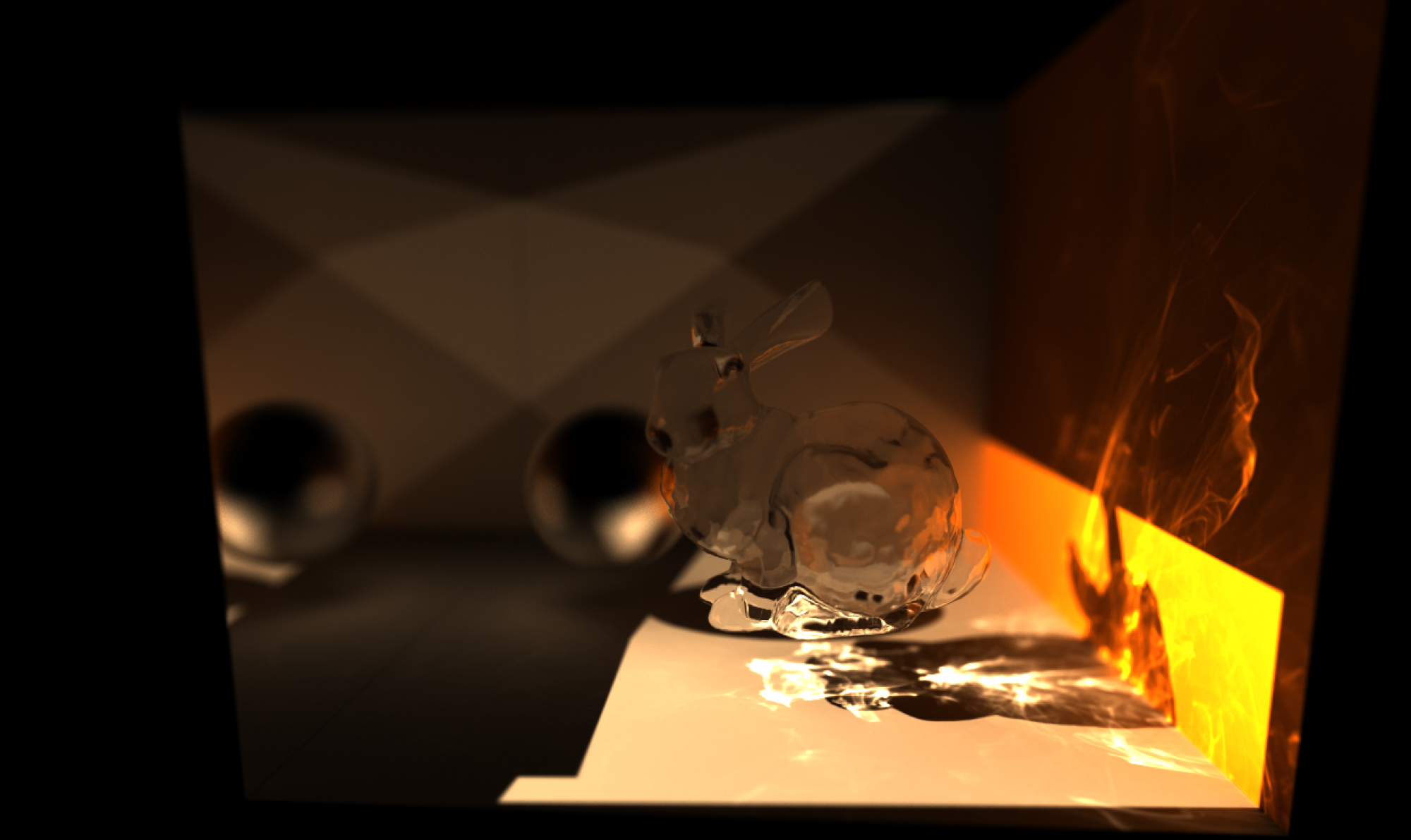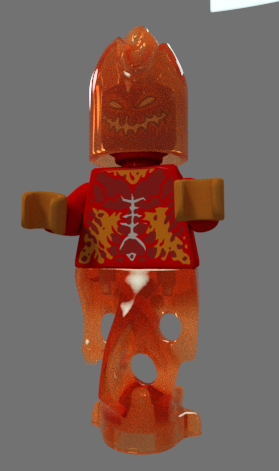Curriculum vitae Peter Trier Mikkelsen
Personal
Born july 1973 in Denmark, Nationality: Danish, Civil Status: Married; 2 kids.
Education and Academic degrees
M.Sc. (Cand. Scient.) in Computer Science, Aarhus University, Denmark 2007.Diploma classical guitar royal academy of music.
Positions held
2022 – now Medical PhD. Student at the Danish National Hospital.
2019 – 2022 Principal Computer Graphics Engineer. Visual Computing Lab, Alexandra Institute.
2018 -2019 Innovation Developer. Systematic
2017- 2018 Senior Software Developer. Luxion (makers of Keyshot)
2013–2017 Principal Computer Graphics Engineer. Computer Graphics Lab, Alexandra Institute
2007-2013 Research and Innovation Specialist, Computer Graphics Lab, Alexandra Institute
2003–2007 Programmer, CAVI institute, Aarhus University
Professional Interests
Computer Graphics, Surgical simulation, Visualization, Real Time Rendering, GPGPU, Computer Vision, Edge Computing, GIS, Virtual/Mixed Reality, Physics Simulation, Big Data, Ray Tracing, 3D printing, Rapid Prototyping.
Technology experience
C/ C++, Vulkan, OpenGL, WebGL, WebGPU, Cuda, Glsl, OpenCL, Java script.
The Visible Ear Simulator: https://visibleearsimulator.com/
The Visible Ear Simulator (VES) has been my main project since 2007 at the Alexandra Institute. VES is a research based freeware software system that allows students and experts to perform repeated training exercises on difficult drilling procedures thereby quickly gaining surgical skill and greater anatomical understanding in a safe learning environment. It has been a multidisciplinary research project between the Alexandra Institute and the Danish National Hospital.
I have been the principal software developer and co-applicant in the following projects
- Siemens 3D Digital Twin, Configuration viewer and Tool used to inspect wind farm live and simulation data. (Resultat kontrakt).
- Siemens Meta Model, Custom viewer for wind turbine stress simulations.
- Neutron/Synchrotron scanning RK, Custom rendering Vulkan based engine, for big volumetric scanning data. Research project with Teknologisk Institut, Bioneer and others (Resultat kontrakt).
- Geo Teaching platform for Geology, Custom dynamic Voxel rendering engine using WebGL for underground models. Research project funded by Novo Nordisk Fonden.
- Luxor, Rendering of point clouds from under water laser scanning. EU project with I-Gis and Fraunhofer.
- WTEX, Javascript and WebGL/WebGPU framework for writing 3D web based applications. (RK).
- Otosim, Simulation and visualisation system for modelling otosclerosis. Research project funded by Rigshospitalet.
- Archaeology Rock Carving point cloud render, RTX based point cloud rendering system that enables real time ray tracing of huge photogrammetry based archaeological data.
- KeyVR, Commercial one click VR solution for Keyshot. High performance OpenGL VR rendering engine and rigid body physics.
- VES 3.0, Surgical simulator featuring enhanced rendering, soft tissue simulation and many different surgical tutorials (Ongoing) funded by Oticon Medical, MED-EL and Rigshospitalet.
- Cochlear Implant Simulation, Commercial contract funded by Oticon Medical and Oticon Foundation, 2015-2017.
- Visible Ear Simulator 2.0, Oticon Foundation 2011-2013.
- Arri microscope integration + VR (2015-2016) commercial contract with MED-EL .
- Simulation of hearing implants (2013-2014) commercial contract with MED-EL.
- Raytracing of Artificial Lenses in the Eye, IOL Innovations ApS, Innobooster.
- The Visible Ear Simulator – Simulation of advance temporal bone surgery, 2007-2011.
- Saw, A smoke and water rendering system used to render movies and images from research based simulations.
I have contributed as a developer and researcher in the following projects
- Proprietary GPU accelerated ray-tracer used in conjunction with computer vision experiments for large danish company (2015-2017)
- Eye tracking in Oculus Rift, Artlinco (2014)
- Massive Data – Processing, visualization, and interpretation, Budget of 11.7 mill kr., Danish Agency for Science, Technology and Innovation (2010-2012)
- Danish interactive height model. Web Based visualization based on Gis and Lidar height measure for whole of denmark https://denmark3d.alexandra.dk/
- Massive Acceleration of Photorealistic Interactive Rendering, with Luxion, funded by iKraft, total budget of 2 mill kr. (2010-2012)
- Advanced computer graphics in Lego Digital Designer, consultancy and software development for Lego Systems A/S, Denmark (2009-2011)
- GPU server processing in Lego Universe, consultancy and software development for Lego System A/S, Denmark (2010-2011)
Aknowledgements
Daniel Sieber, Peter Erfurt, Samuel John, Gabriel Ribeiro Dos Santos, Daniel Schurzig, Mads Sølvsten Sørensen & Thomas Lenarz.”The OpenEar library of 3D models of the human temporal bone based on computed tomography and micro-slicing” Scientific Data volume6, Article.
https://www.nature.com/articles/sdata2018297
Publications
[1] Steven Arild Wuyts Andersen Peter Trier Mikkelsen Mads Sølvsten Sørensen. “Expert sampling of VR simulator metrics for automated assessment of mastoidectomy performance”. January 2019 The Laryngoscope
[1] Andersen, Steven Arild Wuyts, Peter Trier Mikkelsen, Lars Konge, Per Cayé-Thomasen, and Mads Sølvsten Sørensen. “The effect of implementing cognitive load theory-based design principles in virtual reality simulation training of surgical skills: a randomized controlled trial.” Advances in Simulation 1, no. 1 (2016): 20.
[2] Andersen, Steven AW, Lars Konge, Peter Trier Mikkelsen, Per Cayé‐Thomasen, and Mads Sølvsten Sørensen. “Mapping the plateau of novices in virtual reality simulation training of mastoidectomy.” The Laryngoscope 127, no. 4 (2017): 907-914.
[3] Rasmussen, Sebastian R., Lars Konge, Peter T. Mikkelsen, Mads S. Sørensen, and Steven AW Andersen. “Notes from the field: Secondary task precision for cognitive load estimation during virtual reality surgical simulation training.” Evaluation & the health professions 39, no. 1 (2016): 114-120.
[4] Andersen, Steven Arild Wuyts, Peter Trier Mikkelsen, Lars Konge, Per Cayé-Thomasen, and Mads Sølvsten Sørensen. “Cognitive load in mastoidectomy skills training: virtual reality simulation and traditional dissection compared.” Journal of surgical education 73, no. 1 (2016): 45-50.
[5] Andersen, Steven Arild Wuyts, Peter Trier Mikkelsen, Lars Konge, Per Cayé‐Thomasen, and Mads Sølvsten Sørensen. “Cognitive load in distributed and massed practice in virtual reality mastoidectomy simulation.” The Laryngoscope 126, no. 2 (2016).
[6] Kjeldsen, Thomas, Peter Trier Mikkelsen, and Jesper Mosegaard. “Making Digital Elevation ModelsAccessible, Comprehensible, and Engaging through Real-Time Visualization.” Geoforum Perspektiv 14, no. 25 (2016).
[7] Andersen, S. A., Peter Trier Mikkelsen, Karsten Østergaard Noe, and Mads Sølvsten Sørensen. “Good experiences with interactive temporal bone surgical simulator.” Ugeskrift for laeger 176, no. 5 (2014).
[8] Rimestad, Jens, Jesper Mosegaard, Karsten Østergaard Noe, and Peter Trier Mikkelsen. “Teknologiske udfordringer i urbane miljøer.” In In Byens Digitale Liv-Digital Urban Living (2012). 2012.
[9] Børlum, Jesper, Brian Bunch Christensen, Thomas Kim Kjeldsen, Peter Trier Mikkelsen, Karsten Østergaard Noe, Jens Rimestad, and Jesper Mosegaard. “SSLPV: subsurface light propagation volumes.” In Proceedings of the ACM SIGGRAPH Symposium on High Performance Graphics, pp. 7-14. ACM, 2011.
[10] Sorensen, Mads Sølvsten, Jesper Mosegaard, and Peter Trier. “The visible ear simulator: a public PC application for GPU-accelerated haptic 3D simulation of ear surgery based on the visible ear data.” Otology & Neurotology 30, no. 4 (2009): 484-487.
[11] Trier, Peter, K. O. Noe, M. S. Sorensen, and Jesper Mosegaard. “The visible ear surgery simulator.” Studies in health technology and informatics 132 (2008): 523.

